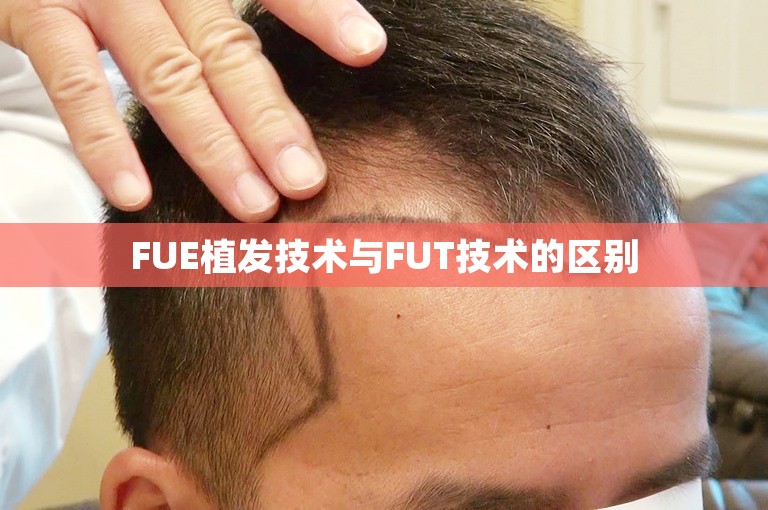患者问:

One aspect puzzles me. In FUT a strip is removed and closed so a part of the scalp vanishes and is replaced by a thin scar. The areas adjoining the scar retain their hair density and very often with trichophytic closure hair grows out of the scar, again with no reduction in density.
In FUE follicular units are harvested individually. No large scar is generated but hundreds (thousands?) of tiny ones. However (and this is my main point), donor area density is reduced because the scalp from where the hair is removed does not vanish and is essentially now a tiny bald spot.
Does this mean FUE thins out the donor area in return for not creating a long FUT scar? Is that the trade-off?
翻译:
有一方面我比较迷惑. 在FUT中,一块带头发的皮瓣被移去,然后头皮被缝合.所以被提取区无毛发而且以一块疤痕取代原来的毛发部位.
而临近疤痕区域的头皮依然保持其原有密度,移植之后的皮瓣处所生长出来的头发数量变化相对不大,而且密度不会减少很多.
在FUE中,毛囊单位是单个被提取的.没有大的伤疤,但是形成数百数千个小点.供体区的头发密度降低,因为供体区的头皮没有被整块移去,只是一些极微小的小点
是否意味着,fue形成的小点代替了疤痕的形成?,这是否是一种平衡?
博士答:
Thanks for asking, as this can be a bit abstract.
When you remove a strip of hair (say 1/2 inch wide by 4 inches long) you are effectively removing skin and pulling the scalp from top and bottom. This in effect stretches the scalp/skin along with the hairs. So if you have a very, very precise measuring tool of hair density before and after the surgery, then you will definitely see a decrease in hair density after the surgery… but this reduction in density is very low and not perceptible to the naked eye.
When follicular unit extraction (FUE) is performed, many hundreds and thousands of hairs are taken out (and never grow back on that spot) so it is easy to see how this would also reduce the donor density.
谢谢你的提问,这个有点抽象
当从你的毛发区提取一块带发皮瓣时,一块头皮会被从头后或者两侧割去,如果你有一种非常精密的仪器计算头发密度,在术前术后.那么你会看到一个明显的减少.,但是眼睛是无法分辨减少的数量的
当施行FUE手术时,数千毛囊单位被提取(被提取出, 不会再长出头发来). 如果集中在一区域提取毛囊数量相对大时,会看到供体区头发有点稀少减少。